Question:1
When is it permitted to perform an emergency stop?
Category : Safety
Question:2
The following picture contains several road elements. How should a driver respond when approaching these elements?

Category : Safety
Question:3
How would you conduct yourself on the following road section?

Category : Safety
Question:4
Describe the following situation:

Category : Safety
Question:5
According to the picture, how should drivers before the traffic light behave?
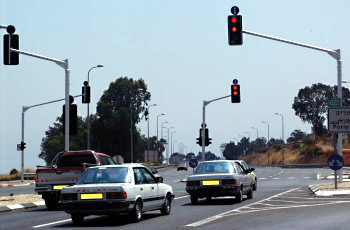
Category : Safety
Question:6
How is the required distance for overtaking determined?
Category : Safety
Question:7
Proper adjustment of the driver’s seat:
Category : Safety
Question:8
What is the best way to reduce the dangers whilst driving in reverse?
Category : Safety
Question:9
How should you behave when approaching the road section described in the following picture?
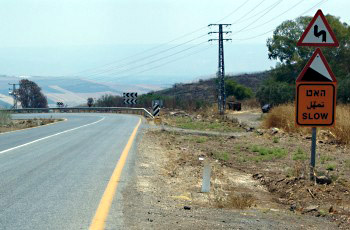
Category : Safety
Question:10
What is a driver always required to do when another vehicle “sits on his tail”?
Category : Safety
Question:11
What is the first action taken by drivers before crossing an intersection?
Category : Safety
Question:12
What is the problem in the following picture?
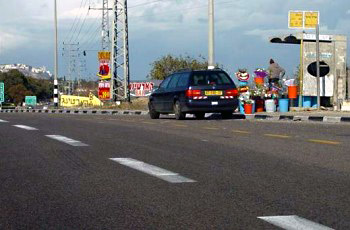
Category : Safety
Question:13
Is there a connection between the driver’s judgment and the use of drugs and alcohol?
Category : Safety
Question:14
When you are driving behind another vehicle:
Category : Safety
Question:15
What vehicle features should be adjusted in order to ensure a comfortable and safe sitting position?
Category : Safety
Question:16
What are we required to see in the inner mirror of the vehicle?
Category : Safety
Question:17
How would you conduct yourself according to the picture?
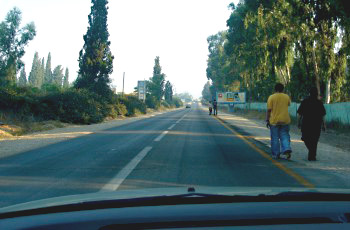
Category : Safety
Question:18
You are driving a vehicle that approaches the cyclist in the picture from behind. What risk might be posed by the cyclist ?

Category : Safety
Question:19
What is a driver required to do after crossing a flooded road section?
Category : Safety
Question:20
Before starting to drive, what action needs to be taken by the driver before moving the automatic transmission selector?
Category : Safety
Question:21
How would you avoid colliding with a vehicle that drives in the same direction you?
Category : Safety
Question:22
How is a driver supposed to deal with a situation in which pedestrians are crossing his driving lane on a crossing whilst he is making a right turn?
Category : Safety
Question:23
How should you behave in the situation described in the following picture?
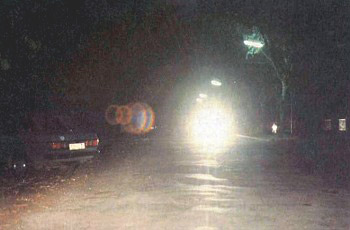
Category : Safety
Question:24
How would you conduct yourself according to the content of the following traffic sign?
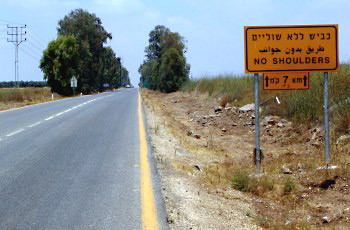
Category : Safety
Question:25
Non adjusted headlights:
Category : Safety
Question:26
What are we required to ensure before starting to drive?
Category : Safety
Question:27
What is the effect of driving at a high speed during an accident?
Category : Safety
Question:28
How does a multitude of traffic signs before an intersection affect the driver’s response?
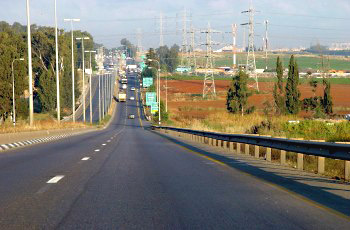
Category : Safety
Question:29
What is a vehicle’s “stopping distance”?
Category : Safety
Question:30
When visibility conditions are impaired:
Category : Safety

